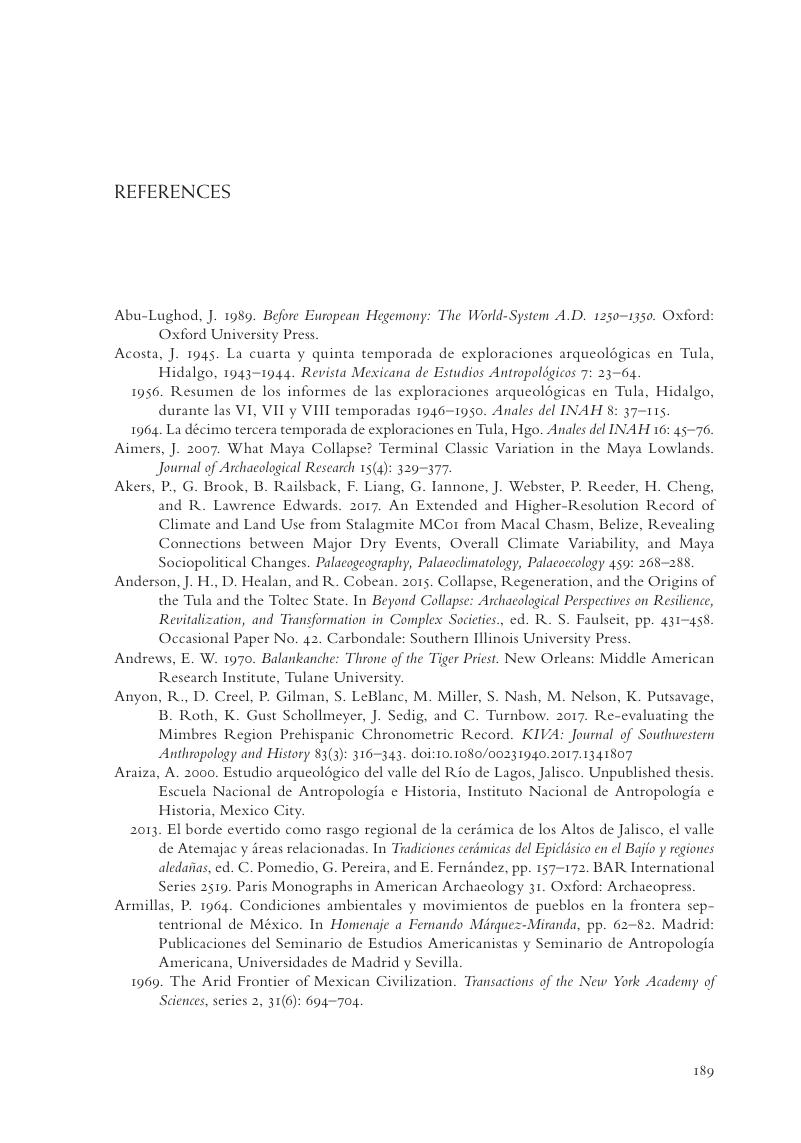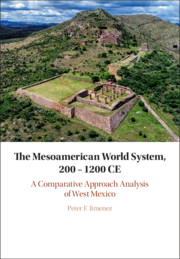Book contents
- The Mesoamerican World System, 200–1200 CE
- The Mesoamerican World System, 200–1200 CE
- Copyright page
- Dedication
- Contents
- Figures
- Tables
- Acknowledgments
- Abbreviations
- Chapter One West Mexico Coalesced
- Chapter Two The Comparative World-Systems Approach and Its Application to Archaeology
- Chapter Third The Regional Setting of West Mexico at 200 CE
- Chapter Four The Late Formative–Early Classic Period Transition 200/250–550 CE
- Chapter Five World-System Decentralization
- Chapter Six The Early Postclassic Period Transformation of West Mexico 900–1200 CE
- Chapter Seven West Mexico in the Mesoamerican World System
- References
- Index
- References
References
Published online by Cambridge University Press: 10 August 2020
- The Mesoamerican World System, 200–1200 CE
- The Mesoamerican World System, 200–1200 CE
- Copyright page
- Dedication
- Contents
- Figures
- Tables
- Acknowledgments
- Abbreviations
- Chapter One West Mexico Coalesced
- Chapter Two The Comparative World-Systems Approach and Its Application to Archaeology
- Chapter Third The Regional Setting of West Mexico at 200 CE
- Chapter Four The Late Formative–Early Classic Period Transition 200/250–550 CE
- Chapter Five World-System Decentralization
- Chapter Six The Early Postclassic Period Transformation of West Mexico 900–1200 CE
- Chapter Seven West Mexico in the Mesoamerican World System
- References
- Index
- References
Summary

- Type
- Chapter
- Information
- The Mesoamerican World System, 200–1200 CEA Comparative Approach Analysis of West Mexico, pp. 189 - 226Publisher: Cambridge University PressPrint publication year: 2020



